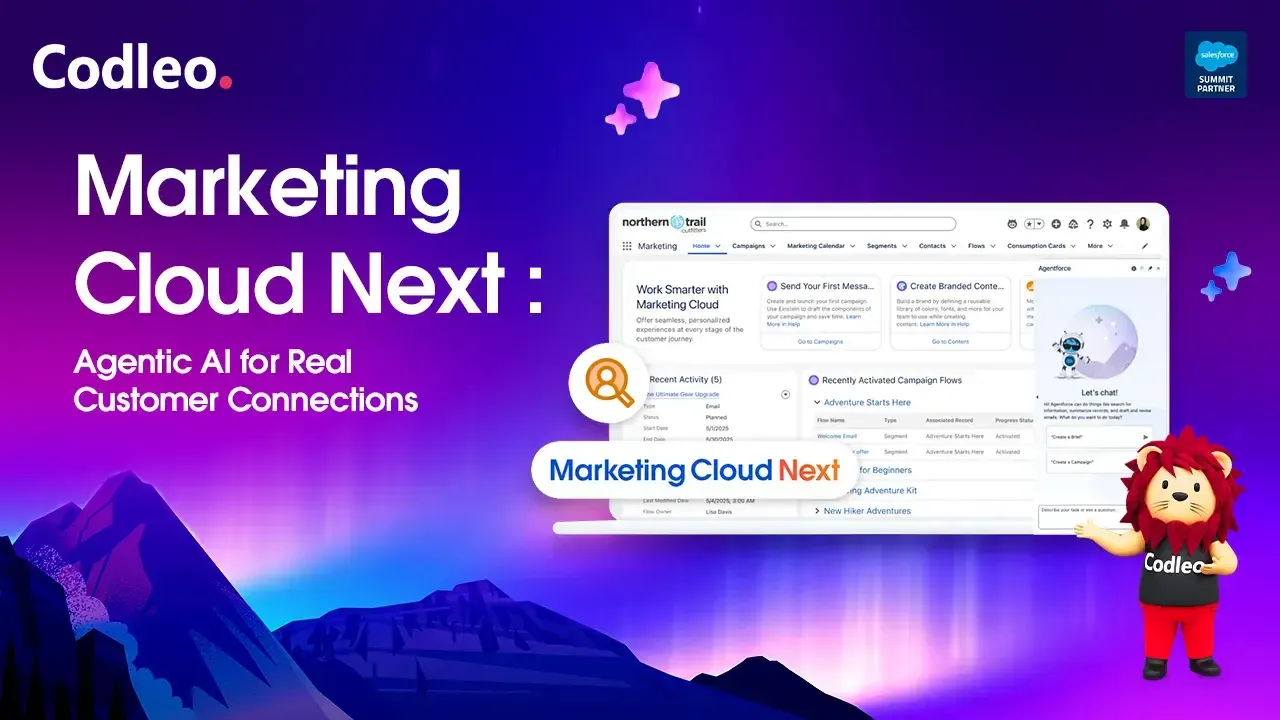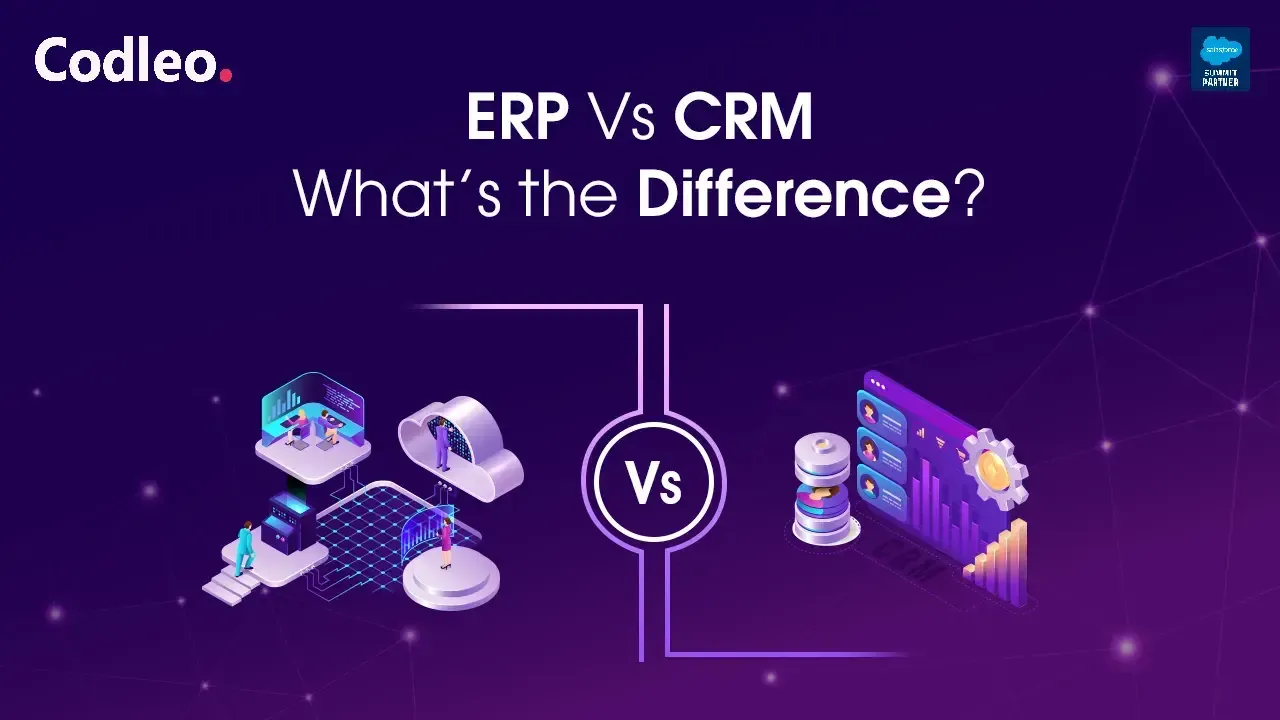Publish date:
In our active Salesforce community, we celebrate our successes. While we appreciate these achievements, we also have the opportunity to gain a deeper understanding of the challenges we face.
There are a few case studies about Salesforce projects that experienced problems. Throughout my professional journey, I have observed that we often overlook discussions about failure. There may be several reasons for this.
Performing a thorough Root Cause Analysis (RCA) takes time, effort, and resources, which can be seen as costly. In a fast-paced environment, people often prefer to move quickly to the next task because it seems cheaper.
-
Admitting failure can be hard. Discussing failure may lead to blame and office politics. Because of this, some companies choose to handle failures quietly to avoid job losses or uncomfortable situations with management.
-
Salesforce projects usually have smaller budgets. Many companies choose to roll out changes in phases, using a clear plan to introduce updates gradually. This approach helps users accept the changes more easily. In contrast, larger projects, such as HealthCare.gov (2013) and the UK's NHS National Programme for IT (NPfIT), involve significantly larger investments.
Possible Reasons for Failures
Salesforce projects can sometimes fail, so it’s important to recognize this possibility. Conducting a Root Cause Analysis (RCA) can help us understand what went wrong and how to avoid future failures or prepare for challenges in advance.
When performing an RCA, keep in mind the different reasons for failure:
1. Underestimating Project Size
In consulting, it is crucial to strike a balance between ambition and accuracy. If a project estimate is incorrect, it can harm the project's success and erode trust between consulting firms and their clients.
When project scopes are not clearly defined, it can lead to the need for change orders. This topic can be sensitive and often leads to heated discussions. I have seen many times how talking about change orders can create tension.
To fix this issue, involve the delivery team early in the sales process. Create a statement of work (SOW) that clearly defines the project's scope and boundaries. Make sure everyone agrees on what can be realistically achieved.
2. No Strategic Vision, Goals, and Roadmap
It's essential to consider the broader context and appreciate the project's value. What do the executives want from this project?
We need to define several key success metrics for the project so that everyone involved is aligned and works towards the same goals. For a call center project, one goal could be to reduce the time it takes to resolve calls. For the sales team, a key measure could be the speed at which they close deals.
I worked on a project to help brokers become self-sufficient. This way, they need less assistance from our internal team. To achieve this, it is essential to understand your business and what improvement means for you.
3. ‘Too Many Cooks in the Kitchen’ Doing Too Much at Once
In Salesforce implementations, many vendors often collaborate within the same organization alongside ERP specialists, data lake architects, and other implementers. While this teamwork can be beneficial, it can also create confusion and slow down progress. This confusion can lead to the departure of key individuals from the organization.
Planning carefully is crucial in complex situations, especially when considering the amount of work your staff already has to manage in their daily tasks. It’s essential to address this complexity with a clear strategy and a well-thought-out communication plan.
A strong communication plan is crucial for fostering effective teamwork among diverse groups, thereby preventing misunderstandings and ensuring seamless collaboration.The goal is not only to reduce confusion but also to build an environment where each team's work supports and enhances the work of others.
Using a phased implementation approach is crucial for success. Breaking the deployment into more miniature, more manageable stages helps reduce stress on your team and allows for better coordination and teamwork. This careful strategy ensures that each phase is done accurately, minimizes disruptions, and creates a smoother and more effective implementation process.
4. Company’s IT Acting as Intermediary and Not Granting Access to End Users
Sometimes, a company’s IT department attempts to control how Salesforce operates for end users or restrict their direct communication with Salesforce consultants. IT teams add value by sharing insights about compliance and company standards. However, they should focus on being helpful instead of making Salesforce implementations more difficult.
It is essential to acknowledge that Salesforce is a vital tool for managing business processes and daily tasks. IT should help improve communication between consultants and business users. By encouraging the business to share their challenges and expectations directly, we can create a smoother and more efficient project workflow.
Adding an extra step, like having IT filter business requirements, can create problems. This translation process can slow things down and may waste valuable time and resources.
A quote lightning record page experienced 20 to 30 revisions during the project because the business did not provide direct input. It led to wasted time and money. It highlights the need to establish direct communication channels to improve project efficiency and value.
5. End Users Providing Prescriptive Requirements
Many users have worked with Salesforce in their previous jobs or current roles. This prior experience can sometimes lead to misunderstandings. Implementing Salesforce is different from just using it. Users often express what they want instead of sharing their actual requirements.
Customers often tell me that they want solutions, such as specific record types or picklists. I then ask them about their needs and why they prefer those solutions. Often, they say it’s because they are accustomed to doing it that way.
As the Salesforce platform evolves, it’s essential for those implementing it to identify ways to mitigate technical debt. They should be prepared to question existing methods and propose more effective options for users. What was once considered the best choice may no longer be the best option.
6. Ever-Changing Requirements
Whether you work as a consultant or manage a company independently, many of us have heard users complain about changing their minds frequently. Salesforce appears to be easy to use, and I have listened to users say they want to change the opportunity stages every month.
In a changing environment, it's essential to establish a regular process and educate your end users. Letting them know that some changes will be locked and that others require approval before implementation may frustrate them, but it is essential for maintaining system stability. If opportunity stages are constantly changing, everything dependent on those stages—like automations, validations, and sharing rules—will also need to change.
It’s essential to inform your end users about changes that may seem minor. Don’t just take orders; instead, set some guidelines for changes to create discipline.
7. Failure to Log Risks or Develop a Risk Mitigation Plan
Are you maintaining a clear risk log and regularly reviewing it to identify effective ways to address potential problems? This critical aspect of project management is often overlooked, but it can help you identify possible issues a project may face.
Imagine this scenario: we need to develop a critical integration before the system can go live. If we don’t identify this as a potential risk and keep track of its progress, we will miss a significant opportunity.
Using the risk log helps you regularly check the status of the integration. It lets you share important updates with stakeholders. By doing this, you can spot potential issues and allow stakeholders to affect the project's timeline and budget.
This approach helps you identify potential problems and involves stakeholders in collaborative efforts to address challenges. This collaboration strengthens and informs project management.
8. Not Retrospecting After Each Sprint or at Regular Intervals
Reflecting regularly, such as during a sprint retrospective in an Agile delivery model or after completing a project phase, is essential. It helps us identify areas for improvement and recognize what worked well, allowing us to replicate those successful elements in the future.
It is a method for identifying risks and action items for follow-up, which helps improve the delivery of our projects. Encourage team members to share their ideas for improvement. Pay attention to who speaks up during these sessions and invite others to share their thoughts as well. Open communication is key to a project’s success.
Summary
What other reasons led to your project going off track? Do you conduct a thorough Root Cause Analysis? Do you have a template for examining project failures? Learning from past mistakes is crucial to avoiding future ones.
If your Salesforce project has faced challenges, don’t navigate the complexities alone. As a trusted Salesforce partner, Codleo specializes in expert Salesforce development and comprehensive consulting services tailored to your unique business needs. Our experienced team will help you identify root causes, streamline your processes, and deliver solutions that drive real business value. Partner with Codleo to transform your Salesforce experience, avoid common pitfalls, and ensure your projects succeed from start to finish. Contact us today to explore how our Salesforce consulting services can empower your business growth.















